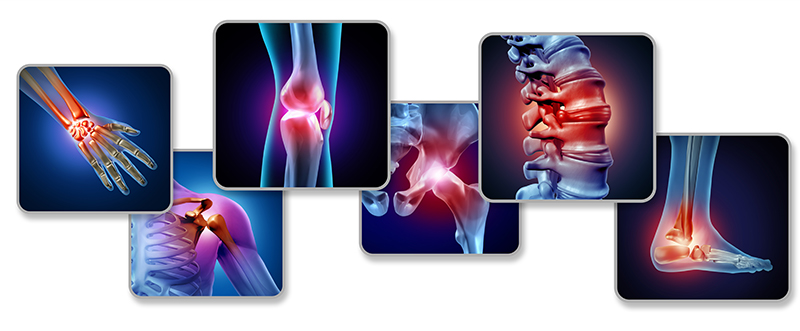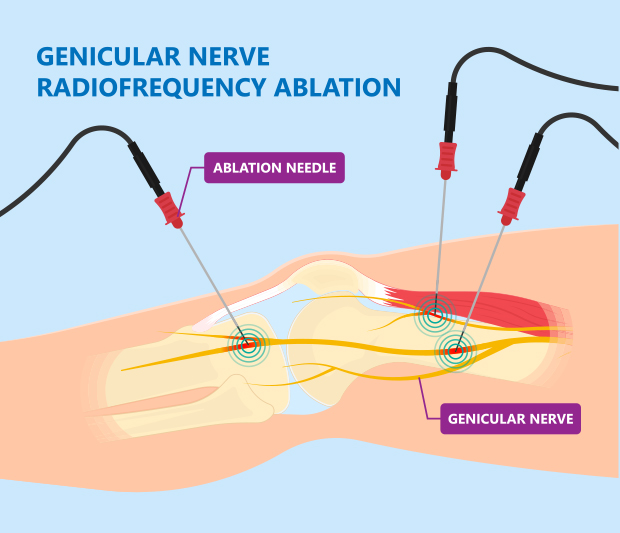Joint Pains (Knee, Hip, Shoulder, Ankle, Elbow, or Wrist) in Beverly Hills

Joint pain varies widely in terms of severity, from a deep ache to a sharp or burning sensation in one or multiple joints. In some cases, the joint pain is associated with a variety of other symptoms such as joint stiffness or swelling, red and warm skin, and limited range of motion.
Many people living with daily joint pain mask their discomfort by taking daily pain medication and limiting their physical activity, both of which can be detrimental to one’s health. This often continues until the pain becomes unbearable and leads to more disability. At this point most people will seek professional help, but it doesn’t have to be that way. There are many effective treatment options that can provide relief early on without the need for daily medications. There are many causes of joint pain, which translate to different treatment options depending on the cause, including minimally invasive techniques.

Causes of Joint Pain
Joint pain can occur wherever two or more bones connect to each other, including the tendons, ligaments or cartilage around the area. Some common causes include:
- Arthritis
- Overuse or lack of use
- Injury, sprains and strains
- Poor alignment
- Inflammation
- Bursitis
- Tendonitis/Tendinosis
- Chronic fatigue syndrome
- Internal derangement of the joint (Torn Meniscus, Torn Labrum of hip or shoulder, Torn Ligaments)
- Nerve entrapment or irritation (Neuropathic Pain)
Diagnosis of Joint Pain
The doctor will start by taking a detailed history and performing a thorough physical exam of the joint, such as the elbow, knee, shoulder, hip, ankle, or wrist. Combining the detailed exam with a thorough medical history will help the doctor identify the location and underlying cause of the pain, such as osteoarthritis. Additional diagnostic tests and imaging may also be necessary.
The doctor may order laboratory and imaging tests to confirm a diagnosis. X-rays are particularly important for people with osteoarthritis because they can reveal the extent of bone damage, loss of cartilage, and bone spurs. MRI can also be used to examine damaged tendons, ligaments, and cartilage that could be causing the joint pain.
Treatment of Joint Pains

Treatment approaches vary depending on the extent and source of the pain, frequency, symptoms, and underlying cause. Typically, a combination of treatment options are utilized depending on the severity and cause of the joint pain which may include:
- Physical therapy
- Activity modification
- Bracing
- Medications
- Steroid Injections
- Hyaluronic Acid Injections (Lubrication and Joint Support)
- Regenerative Medicine Treatments such as Prolotherapy, PRP, and Stem Cells.
In some patients the pain becomes so severe and debilitating that surgery such as knee replacements are considered. We offer revolutionary treatments that not only help prevent the need for knee surgery, but provide relief to many who want an alternative to surgery or are not surgery candidates. In these scenarios, treatments options may include:
- Regenerative Medicine Treatments (Prolotherapy, PRP, Stem Cells)
- Genicular Nerve Blocks
- Radiofrequency Ablation (turning off the nerves that send pain signals from the joint to the brain)
At Orthopedic Pain Institute, we develop a highly specialized plan to treat your personal needs. Schedule your consultation to learn more about how we can treat your joint pain and help you avoid surgery.


